Concorde is an elongated slender pear with a round base and exceptionally long, tapering neck. The skin is yellowish-green and develops a unique pinkish over-colour as it ripens. Concorde can be mistaken for Conference, though is often more lop-sided in shape and is usually slightly lighter in colour. The peel is smooth and edible, particularly helped by less russet than a Conference pear. The flesh is cream to ivory white, dense, smooth and juicy, retaining some firmness even when ripe, and, as Conference, is edible when crisp or soft. Concorde, though, is a far superior eating pear with a deep, full aromatic flavour.
Concorde is a late mid-season pear, being harvested about 2 weeks after Conference.
Quality: Concorde pears should be firm to touch when purchased, with no sign of softening or wrinkling at the tip of the fruit. The skin should be clean of dark scuff marks and the peel colour should be pale, with a hint of yellowing. Presence of minor russet is not a detraction from the eating quality.
Good Fruit Guide Rating: *****
Consumers will enjoy Concorde for its fine flavour and sweetness, whether eaten crisp or soft.
Crisp or soft, sweet, aromatic
Names: Concorde; P22B/14; USPP 9192; plu 3016
Origin: Concorde is the product of cross-breeding between Conference and Comice pears carried out at the Institute of Horticultural Research, East Malling, UK in 1968. The first fruit were grown and selected for development in 1977. The US Plant Patent was granted in July 1995.
Grown in: UK, Holland, Belgium, South Africa, Argentina, USA
Harvest & Availability:
- January: UK, Holland
- February: UK, Holland
- March: UK, Holland
- April: South Africa
- May: South Africa, Argentina
- June: South Africa, Argentina
- July: South Africa, Argentina
- August:
- September:
- October: UK, Holland
- November: UK, Holland
- December: UK, Holland
Websites:

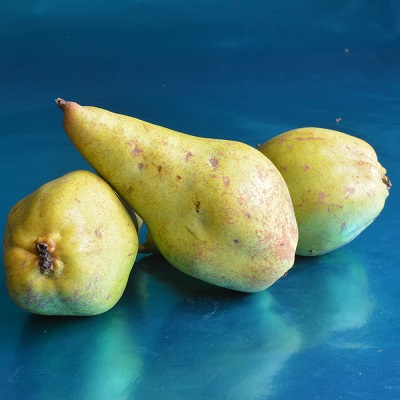
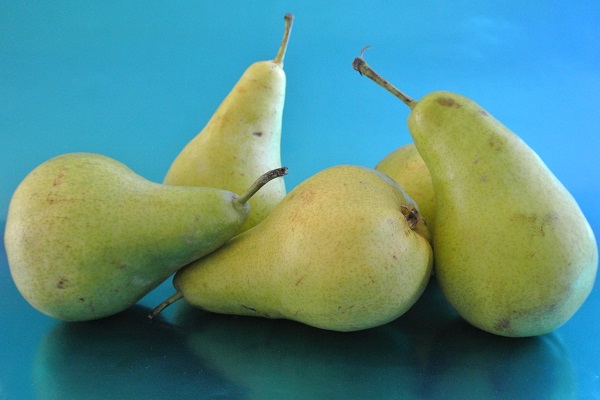

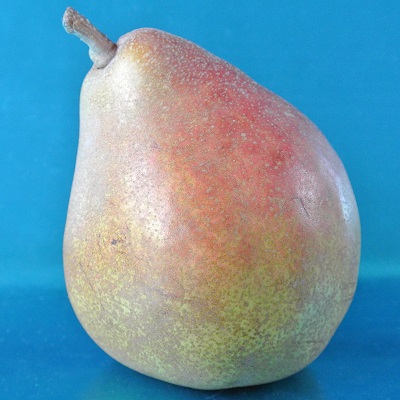
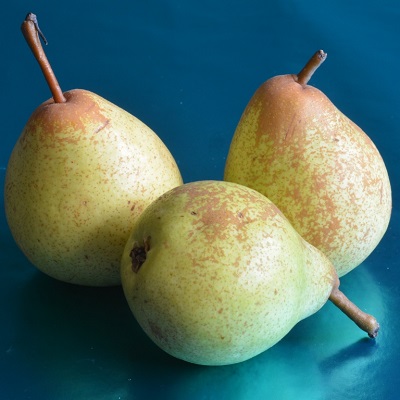
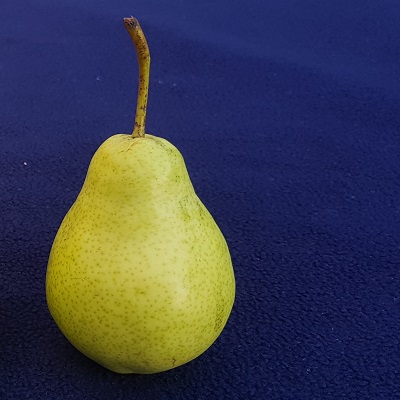

Reviews
There are no reviews yet.